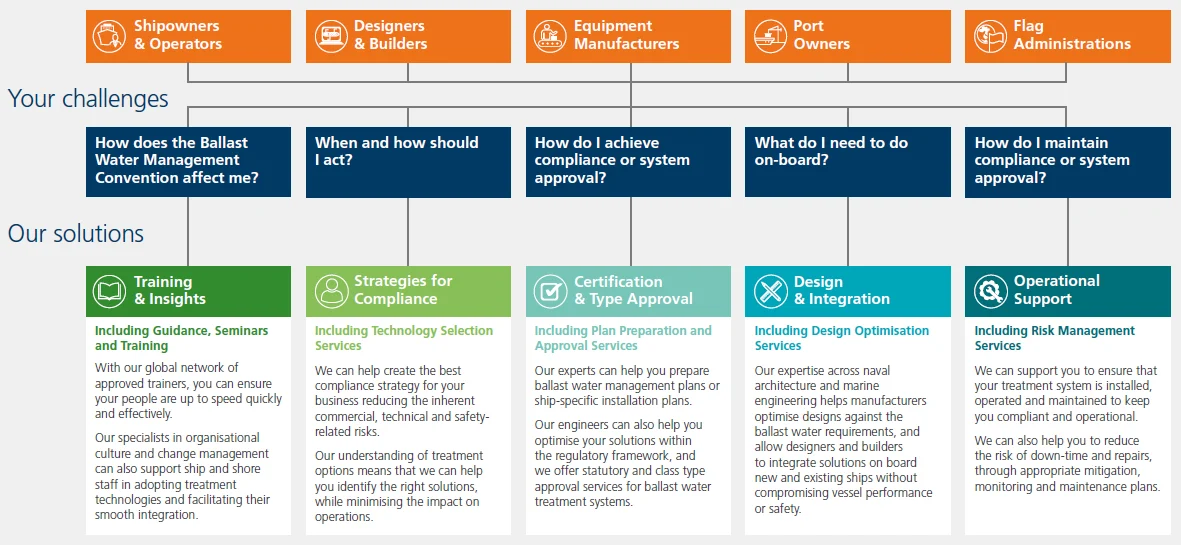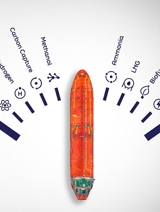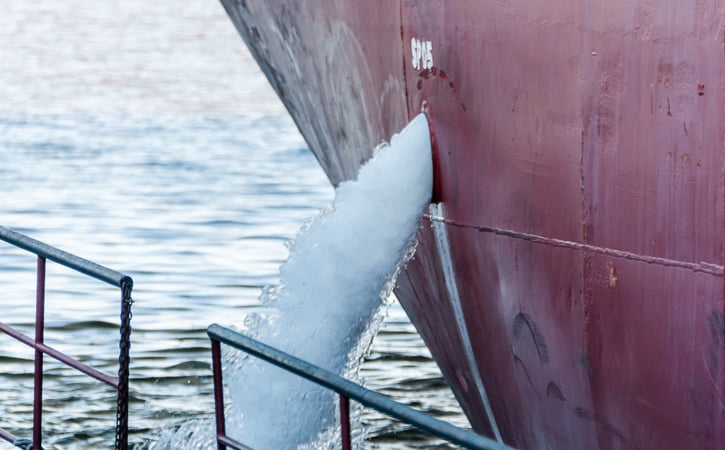The Ballast Water Management Convention will have an impact right across the shipping industry, affecting a wide variety of people, and presenting different challenges and pressures.
The IMO’s MEPC Committee have agreed amendments to the implementation schedule for the installation of ballast water treatment systems.
Read more in Class News 16/2017
The dedicated services you need
Because we understand the pressures you face, the operational challenges you have to overcome and the intricacies of the compliance standards you have to meet, our services are tailored to your needs.

BWMS Commissioning Testing
From 1 June 2022, amendments to the BWM Convention, regulation E-1, came into force, published in IMO Resolution MEPC.325(75). These amendments mandate the commissioning testing of BWMS during initial surveys for new construction projects and during BWMS installation surveys on existing ships (i.e. what the Convention calls additional surveys). The commissioning testing should be carried out in accordance with BWM.2/Circ.70/Rev.1, by either an LR approved service supplier or by an organisation acceptable to the flag Administration. Find an approved service supplier in the LR Approvals database. See also LR’s Guidance Notes for commissioning testing.
Ballast Water Management Plans
Having an approved ballast water management plan (BWMP) onboard is a requirement of the BWM Convention (reg. B-1). LR can assist with approval of ballast water management plans (BWMP). Model BWMPs can be found in the resources section below, which can be used by operators as a template to create their ship-specific plan.
Ballast Water Record Books
Having a ballast water record book (BWRB) onboard is a requirement of the BWM Convention (Reg. B-2). Model BWRBs, which meet the correct Convention format, can be found as appended to the Model BWMPs in the resources section below. Useful guidance on completion of BWRB entries can be found in BWM.2/Circ.80/Rev.1 - Guidance on ballast water record-keeping and reporting. IMO resolution MEPC.369(80) includes amendments to the BWM Convention which change the format of BWRBs, and enters into force on 1 February 2025. See Class News 19/24.
IMO resolution MEPC.383(81) includes amendments to the BWM Convention, which enter into force on 1 October 2025, and mean that where a ship chooses to use a BWRB in an electronic format, the Convention mandates the approval of that electronic record book. LR can provide approval services against Resolution MEPC.372(80) Guidelines for the use of electronic record books under the BWM Convention.
Contingency measures and CWQ
The IMO have issued MEPC.387(81), ‘Interim Guidance on the Application of the BWM Convention to Ships Operating in Challenging Water Quality Conditions’, which contains guidance for situations where a ship’s BWMS encounters operational limitations or has difficulty meeting operational demand in challenging water quality (CWQ) conditions. See also Class News 14/2024.
The IMO have issued BWM.2/Circ.62, ‘Guidance on Contingency Measures under the BWM Convention’, which contains generic guidance for situations where ballast water to be discharged from a ship is non-compliant. Some port States may require the submission of a ballast water reporting form for ships bound for its ports, offshore terminals or anchorage areas. Useful guidance on completion of Ballast water reporting forms (BWRF) can be found in BWM.2/Circ.80/Rev.1 - Guidance on ballast water record-keeping and reporting. See also Class News 09/2018.
Treated Sewage and Grey Water in Ballast Tanks
The IMO have issued BWM.2/Circ.82, ‘Guidance for the temporary storage of treated sewage and/or grey water in ballast water tanks’, which provides guidance for the temporary storage of treated sewage and/or grey water in ballast water tanks and compliance with BWM Convention. See also Class News 14/2024.
Get more information
Our brochure provides a clear outline of the Convention’s implications, and highlights how we can help you minimise its impact on the way you operate. If you are a shipowner or operator, a designer or builder, an equipment manufacturer, port owner or flag administration, this guide is for you.






